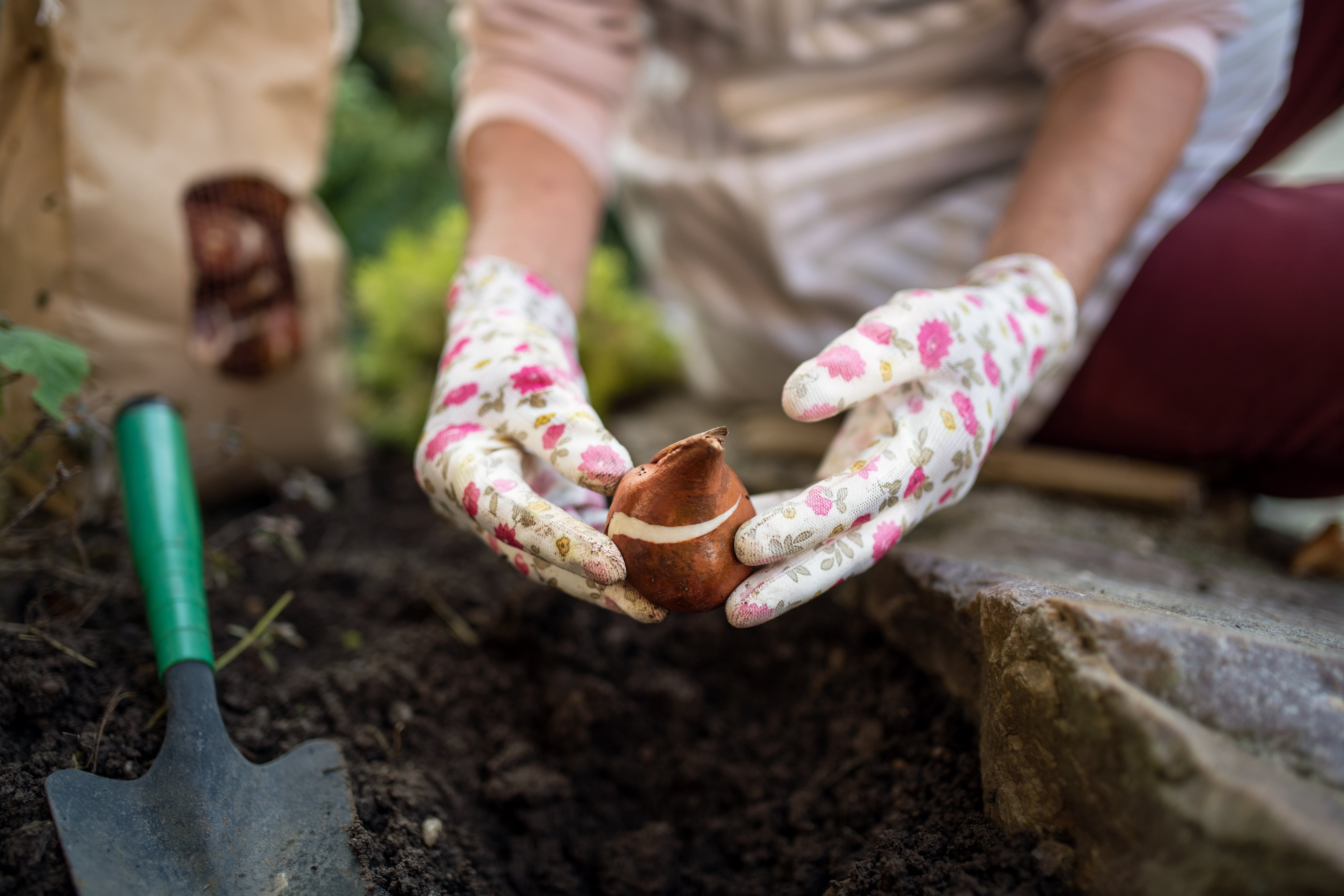After several decades where they flowered beautifully, my hybrid tea roses have started performing really badly even though I’ve followed the very same pruning and feeding routines. Is it time, do you think, to rip them out and replant with young, healthy roses? Mary K, Cork
While they can be very long-lived and resilient, roses are also famously vulnerable to a variety of pests and diseases that can reduce their vigour and ability to flower well. Many of the most common are fungal in nature and include black spot and mildew.
Even with relatively careful management, levels of these in older gardens can slowly but surely build up. Fungal spores can often accumulate on the ground in terms of diseased fallen leaves and prunings, for example, as well as on the plants themselves. Changes in light levels as a result of maturing plantings can also gradually create shadier growing conditions and impede air flow (important for plant health). It’s also worth bearing in mind that older cultivars of roses can exhibit dwindling resistance to common pests and diseases over time. All are possible reasons why your once-healthy rose plants are starting to struggle.
What to do? Removing the plants entirely is one solution, but an extreme one. Instead, I would recommend hard-pruning your roses in the coming weeks to within 15cm of the ground. Carefully collect, bag and then bin or burn all prunings along with any fallen leaves. Follow this in late February/early March with a few generous handfuls of a good quality, slow-release, granular organic fertiliser and then a generous watering around the base of the plant. Finish off with a good-quality organic mulch of well-rotted manure/home-made garden compost, avoiding the stems. All going well, you should start to see positive signs of health growth by mid spring.
RM Block
If you don’t see any obvious signs of improvement, then removal is probably the best option. In this case, bear in mind that “rose sickness” can be an issue in older gardens where ailing rose bushes are replaced by young plants, only for the latter to struggle. The exact cause of rose sickness isn’t completely clear but it seems that the health of the soil is compromised in some way that makes it incapable of properly supporting the growth of new rose plants.
One solution – a laborious one – is to excavate and remove the existing soil in the planting hole to a minimum depth and spread of 30cm x 60cm, line it with cardboard and then replace it with a good-quality top soil taken from another area of your garden or bought in. Mycorrhizal fungi (available from good garden centres) can also be beneficial at planting time. But for many gardeners, this is just too much work. If so, then a good alternative is to consider replacing your plants with some hardy, ornamental, shrubby, non-rose species that will similarly provide plenty of seasonal interest, of which the possibilities are endless.
















